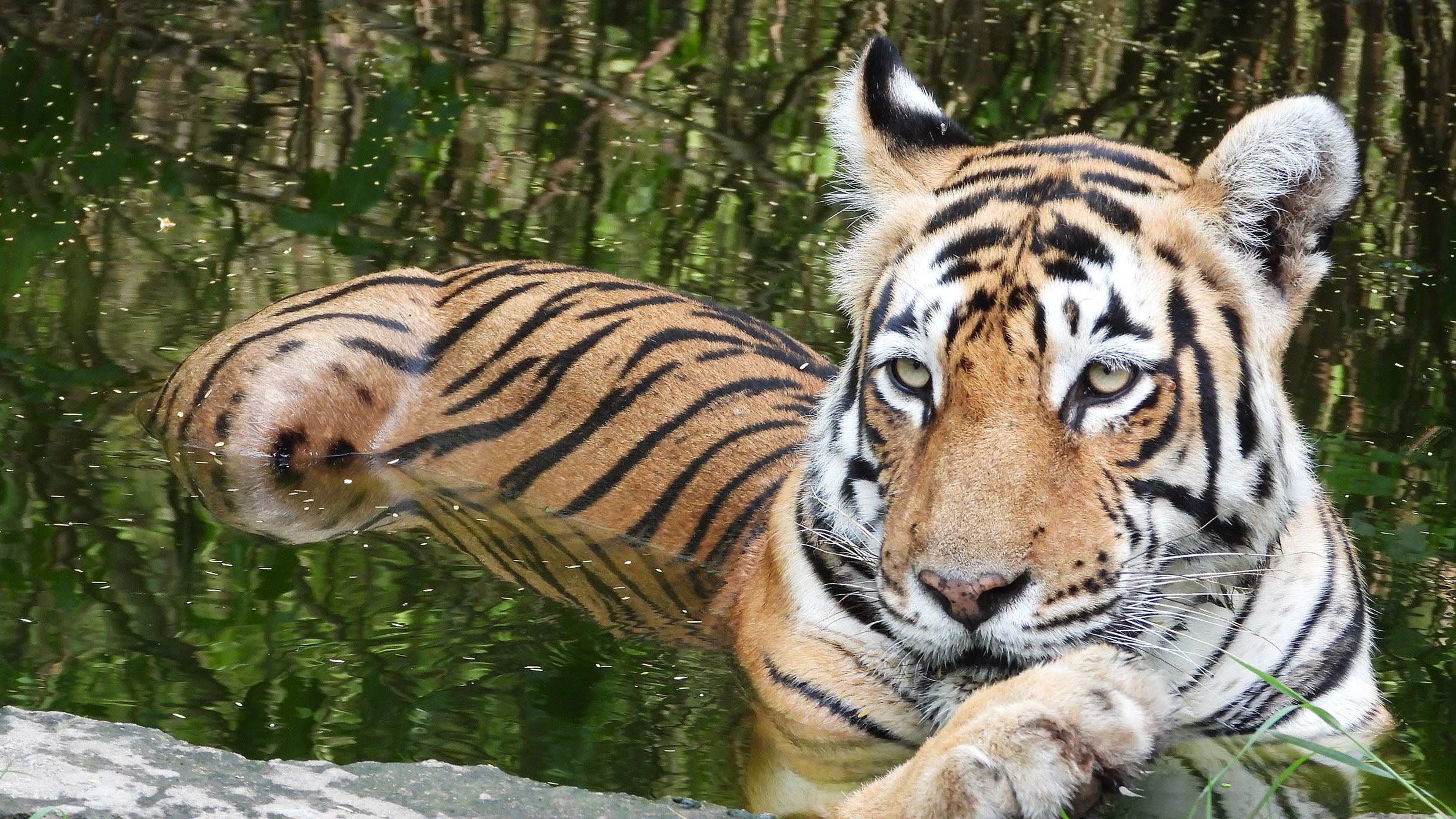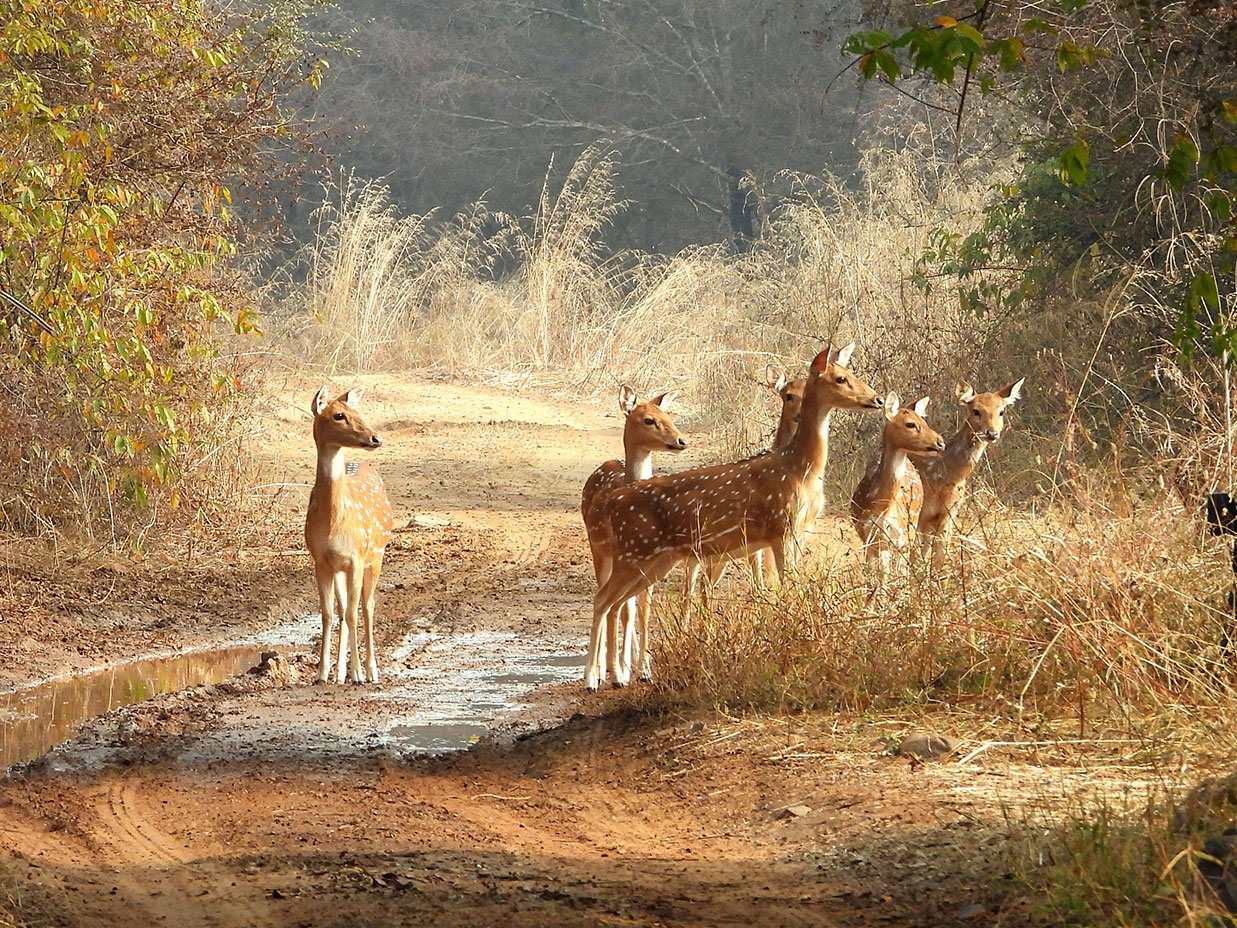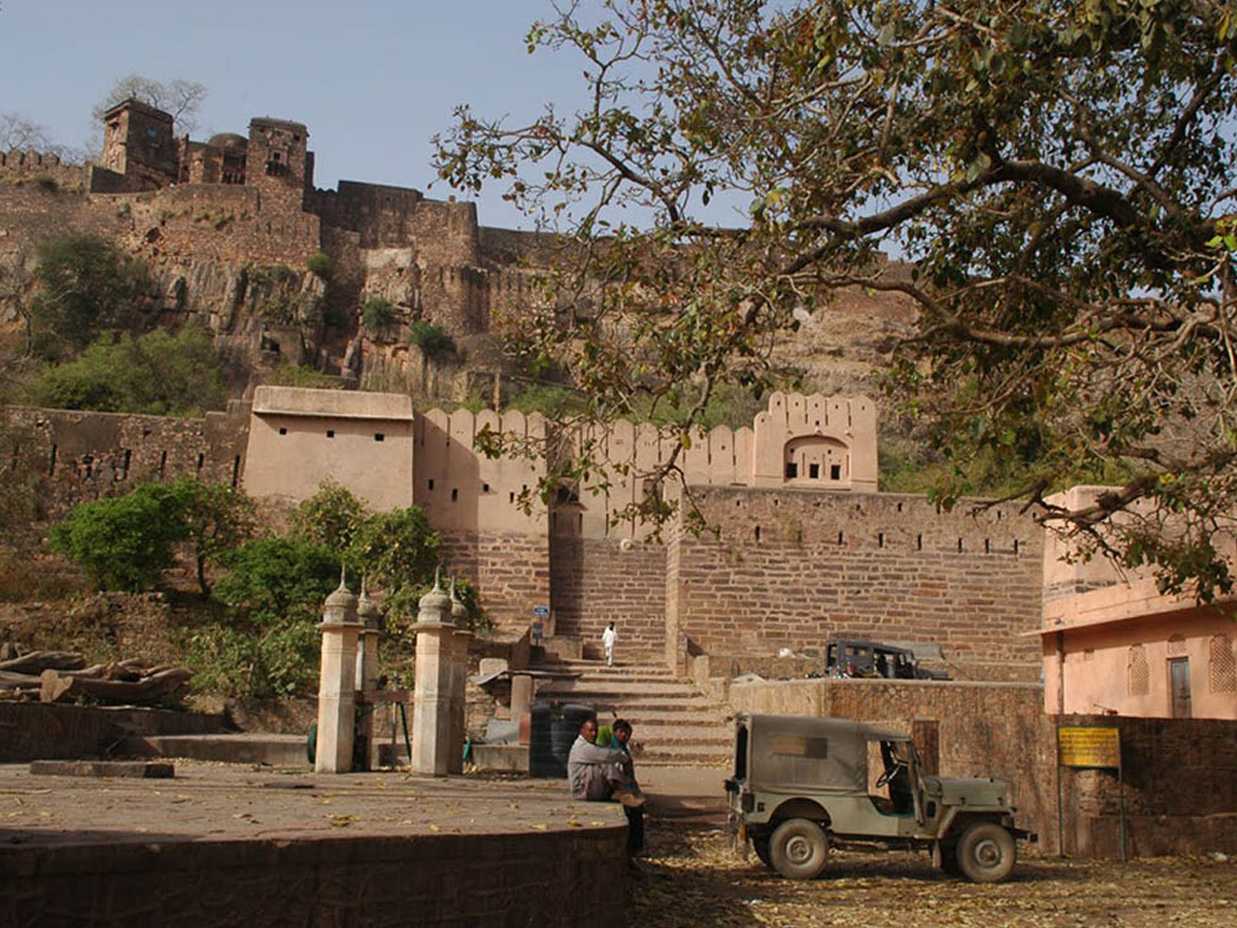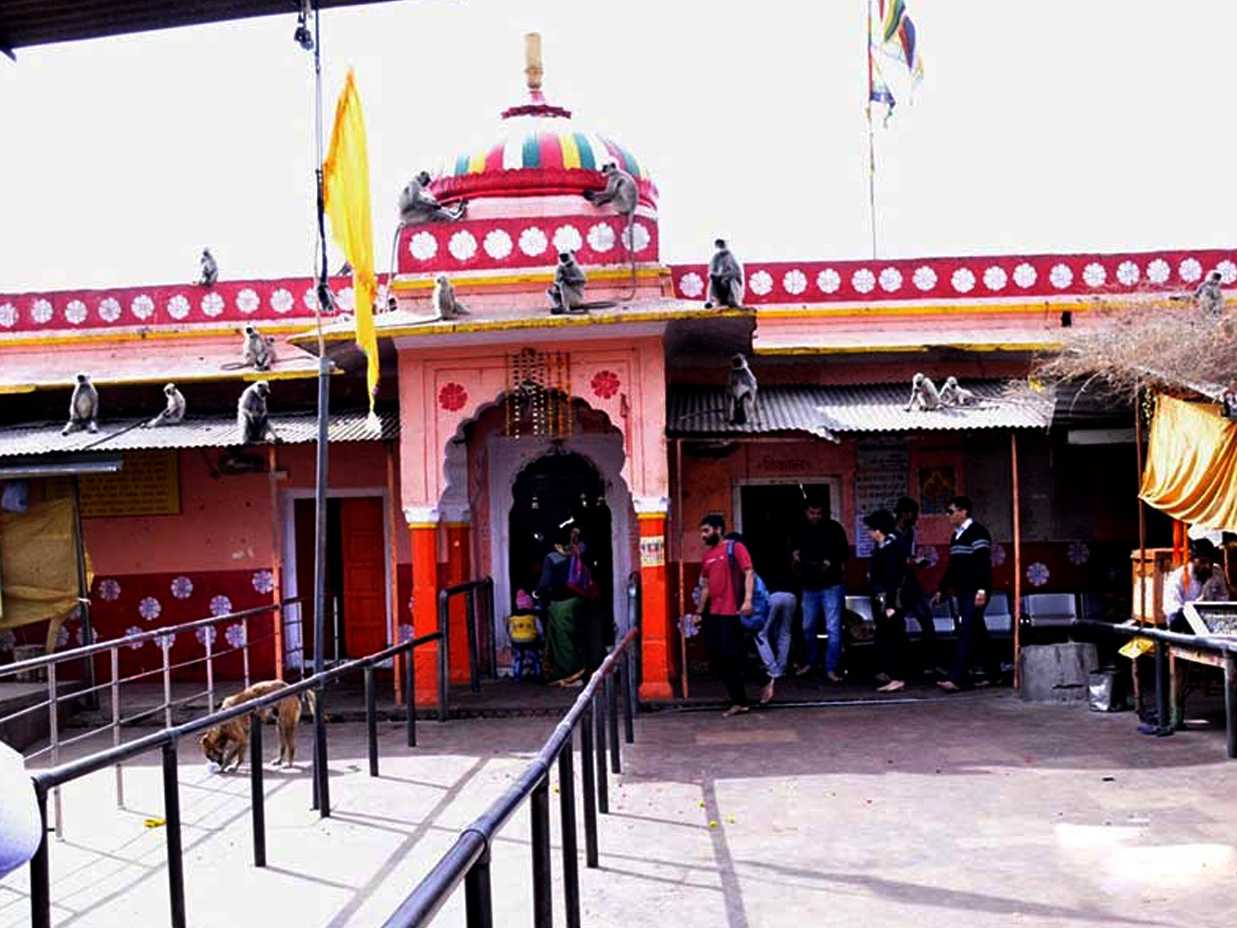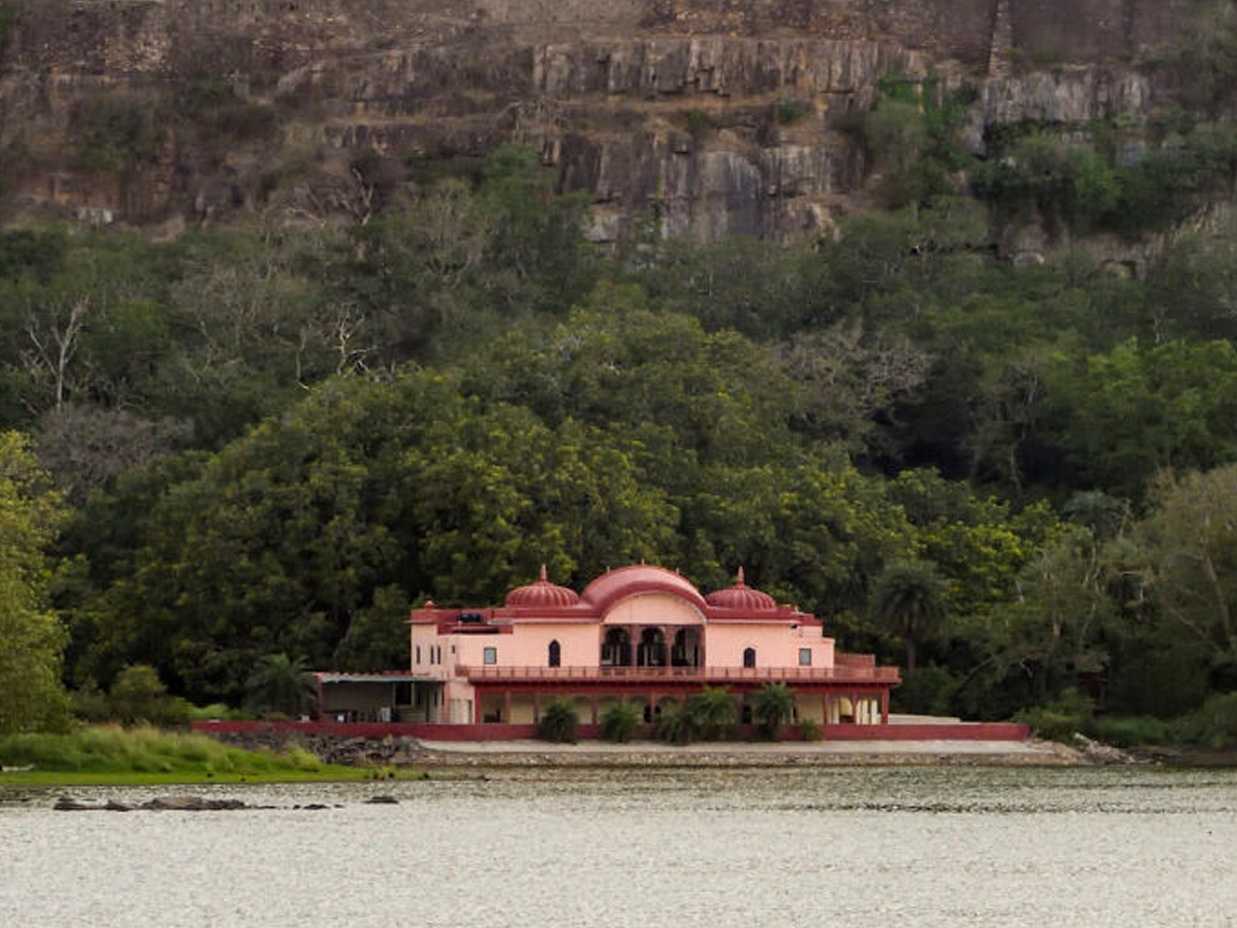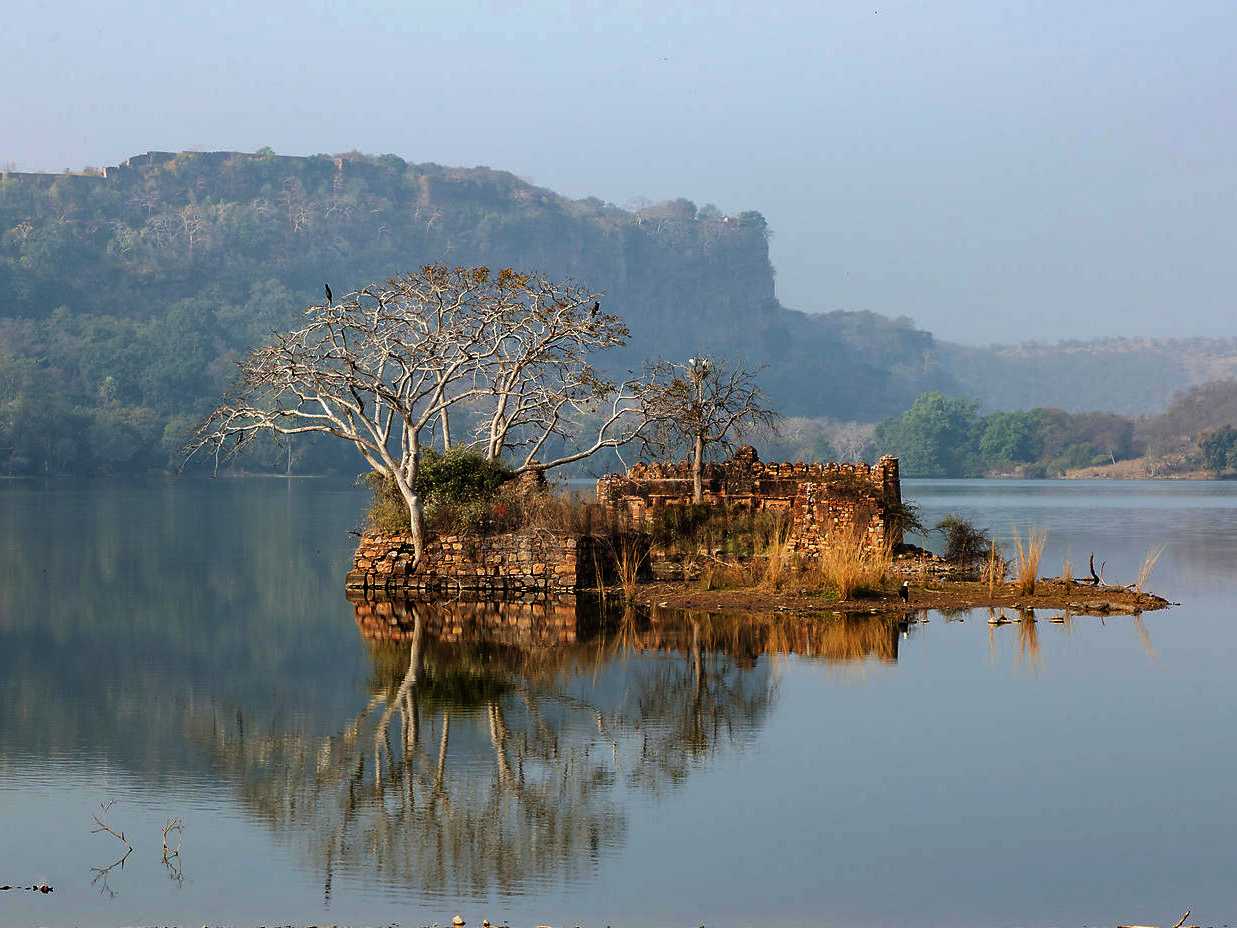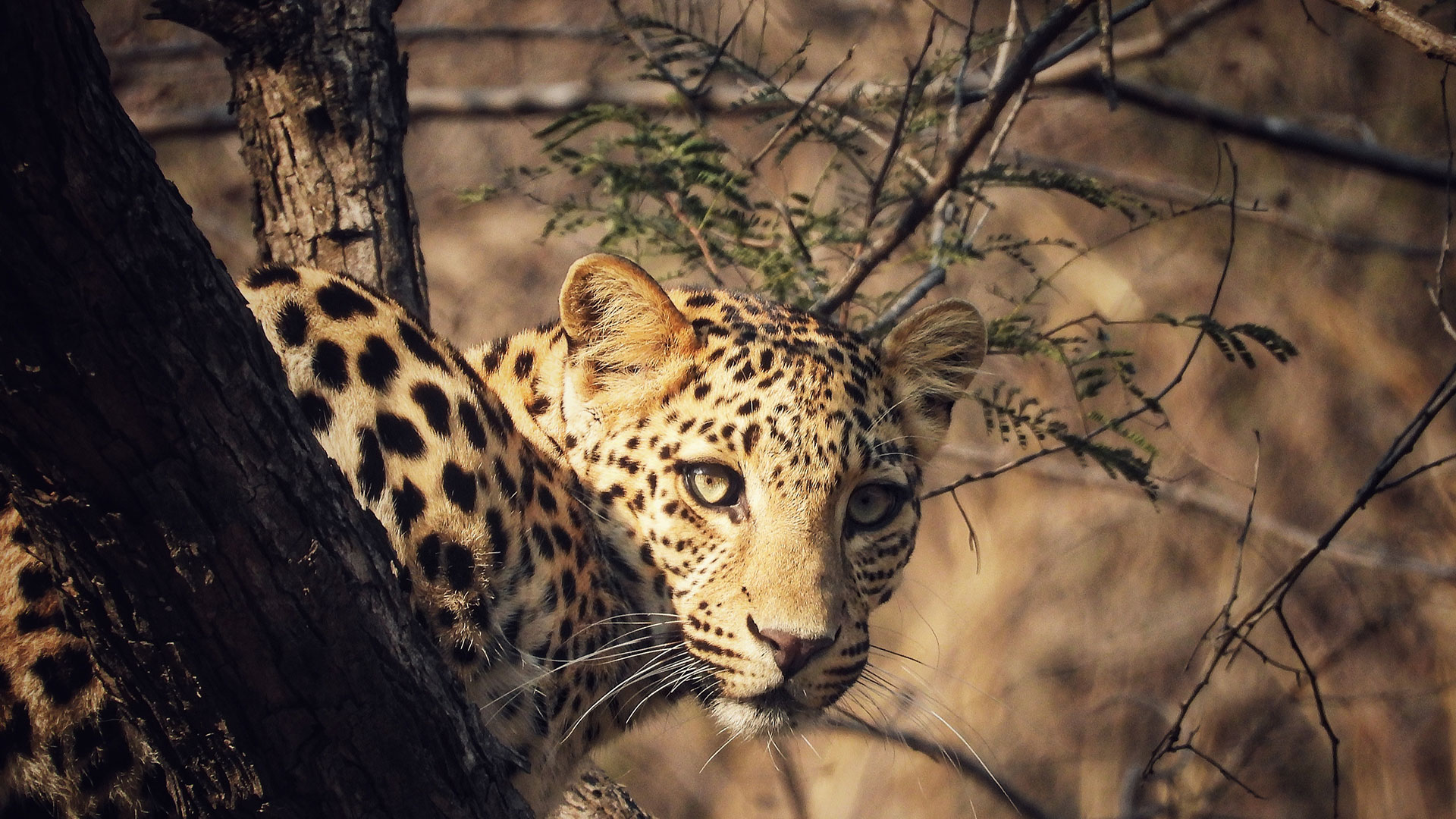Ranthambore National Park
Ranthambore National Park is a true haven for wildlife lovers and adventure enthusiasts alike. Once the hunting grounds of the Maharajas of Jaipur, the park now spans over an area of 392 sq. km and is home to a diverse range of flora and fauna. The park's main attraction is its impressive Bengal Tiger population, making it one of the finest tiger reserves in the country. Visitors can also spot other rare species such as the sambhar, chital, chinkara, nilgai, langur, wild boar and peafowl. The park's scenic beauty is further enhanced by the dry deciduous forests sprawling over the Aravali and Vindhya ranges. Ranthambore National Park is a must-visit destination that promises to captivate senses and leave with unforgettable memories.

